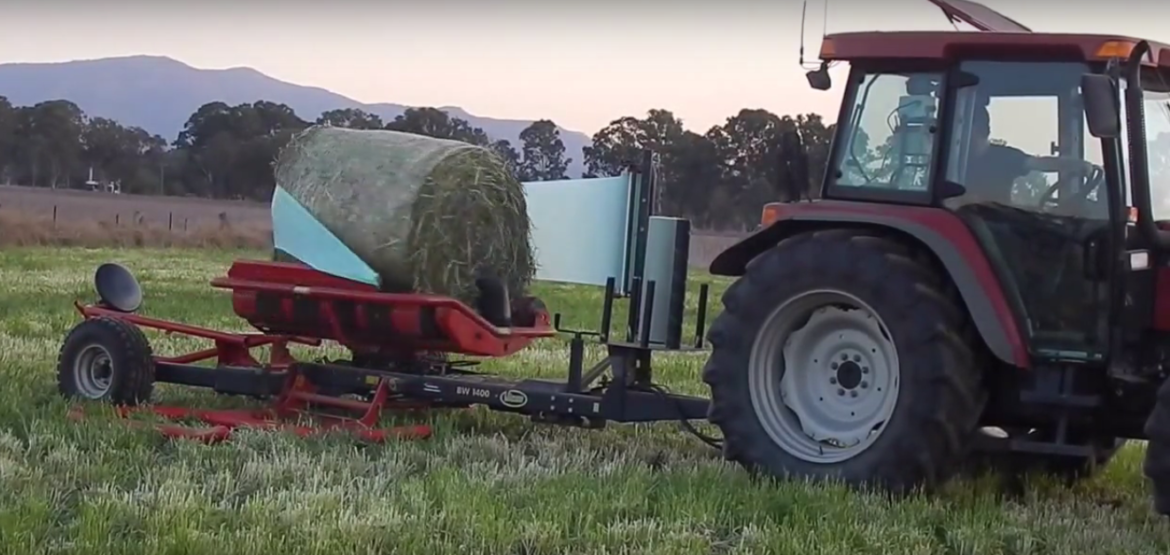Balewrapping was introduced in the 1980s and baled silage continues to showcase its ability to offer highly nutritious quality fodder with additional benefits of lowering labor requirements and investment costs while enhancing feeding flexibility.
The worldwide adoption of wrapping bales has made it possible for more famers to find a way to easily and cost-effectively feed herds. When your crop is at peak quality, bale silage enables you to harvest without relying on weather conditions. Different crops can be used in the process and both feeding costs and harvesting losses are reduced significantly.
Essential Resource for Preserving Feed
- Silage winter feed has been an essential resource but the rise in the costs of animal feed has emphasized the need to take full advantage of baled silage yields and maximize on the summer crop.
- Using silage stretch film to wrap bales in the correct way creates a seal that is airtight and facilitates a suitable environment to ferment the crop.
- When bales are properly cared for, they are able to maintain an oxygen-free condition during the entire storage period in order for the silage to be well preserved until feeding.
Optimum Silage
Creating dense and ideally shaped bales as well as an effective airtight seal are key factors that influence good silage. The duration of the bailing process right from cutting to storing provides opportunities that will result in spoilage and wastage due to poor practices or lack of proper care. Why should I use silage wrap? Click here to learn more.
Aspects of Quality Balewrap
- Choosing quality balewrap is an essential aspect of any balewrapping process because it ensures that best protection is provided.
- Good balewrap features a number of requirements and these include protection from UV radiation, effective tack properties and superior strength. These essential requirements provide adequate protection from the sun, airtight seal and exemplary puncture resistance.
- High quality balewrap is able to withstand the pressure that is exerted during wrapping, the rigours that are associated with wrapping equipment that operates at high speed, transportation and storage. When you use low quality balewrap, some of the results typically include lower bale density, inconsistent stretching, an entrance for air and stoppages.
Bale Silage and Moisture
Bale silage refers to the practice of ensiling hay bales or green feed that consist of high moisture and are enclosed within airtight systems. This makes it possible to preserve feed with minimal harvest and nutrient losses.
Bale silage requires the recommended percentage of moisture because limited moisture makes the material vulnerable to mould growth and yeast. On the other hand, excessive moisture may lead to leaching and a longer fermentation period that causes larger protein and energy losses.
Wrapping and Sealing
Timely wrapping of bales is crucial and 12 hours is the maximum recommended amount of time for bales to sit before wrapping. When too much time is allowed to pass, the bales may end up spoilt instead of fermented.
Fermentation in Silage Bags
After feed material is placed in the silage bags, the system is sealed and plant respiration consumes the oxygen while some plant sugars are burned. This produces carbon dioxide and heat. When the oxygen present is completely used up, anaerobic bacteria will begin growing and the fermentation starts. The fermentation process is usually completed within three to four weeks and can be opened for feeding.
Related Posts












